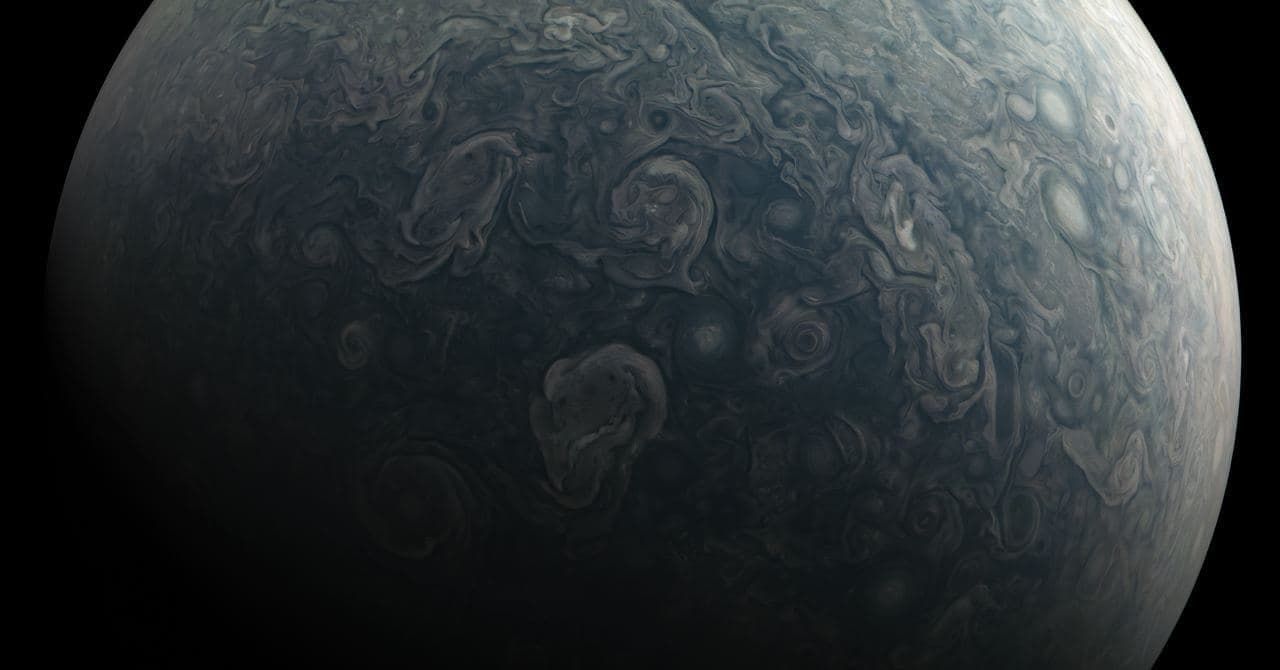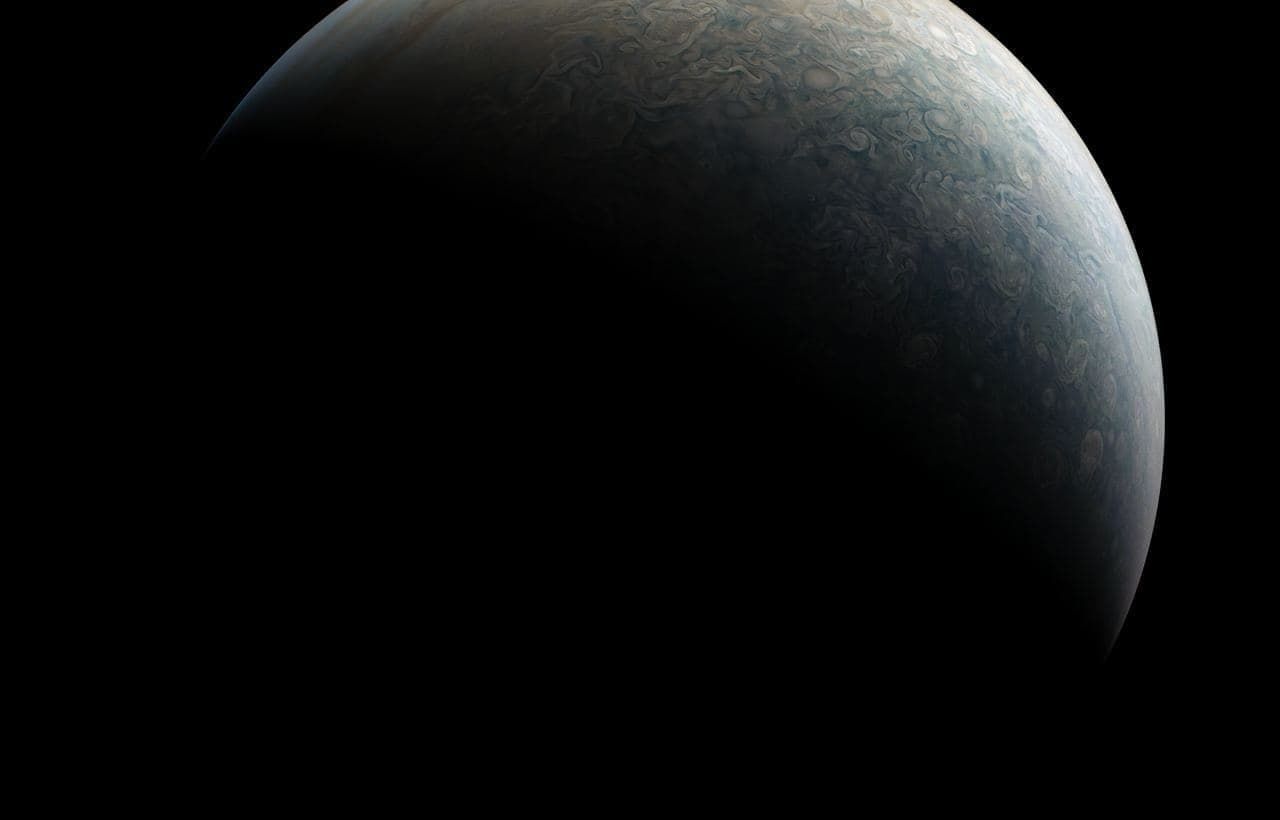photo of Jupiter
The Juno spacecraft has sent high-quality images of Jupiter and Io's moons to Earth. He transmits them from a distance of 780 million kilometers. To capture the gas giant, the probe approached the planet 4,200 kilometers away — making it possible to capture important details, such as the clouds around Jupiter, as well as cyclones and storms. The new data will help scientists study the planet's atmosphere, magnetic field and weather conditions.
Juno's mission is to study the planet's composition, magnetic field, magnetosphere, weather and water in its atmosphere. So far, he has returned 3 terabytes of scientific data.
It's been more than a decade since NASA launched Juno, though it took the electric spacecraft five years to complete the 1.74 billion-mile/2.8 billion-kilometer journey. In 2021, it completed its main five-year mission to Jupiter. As the spacecraft held up well, it launched a second mission, adding 42 orbits through September 2025.
The second mission has seen a flyby of Jupiter's largest moon Ganymede.
Received several pictures from Europe in October 2021. The new mission will also include several close passes of Jupiter's North Pole cyclone, close flybys of Europa and Io, and the first exploration of the faint rings around Jupiter.
New photos of Jupiter:




Juno is the first solar-powered spacecraft on Jupiter. After it stops working—say, in the mid-2020s—it will be deliberately cut into Jupiter.
Like my work? Don't forget to support and clap, let me know that you are with me on the road of creation. Keep this enthusiasm together!
